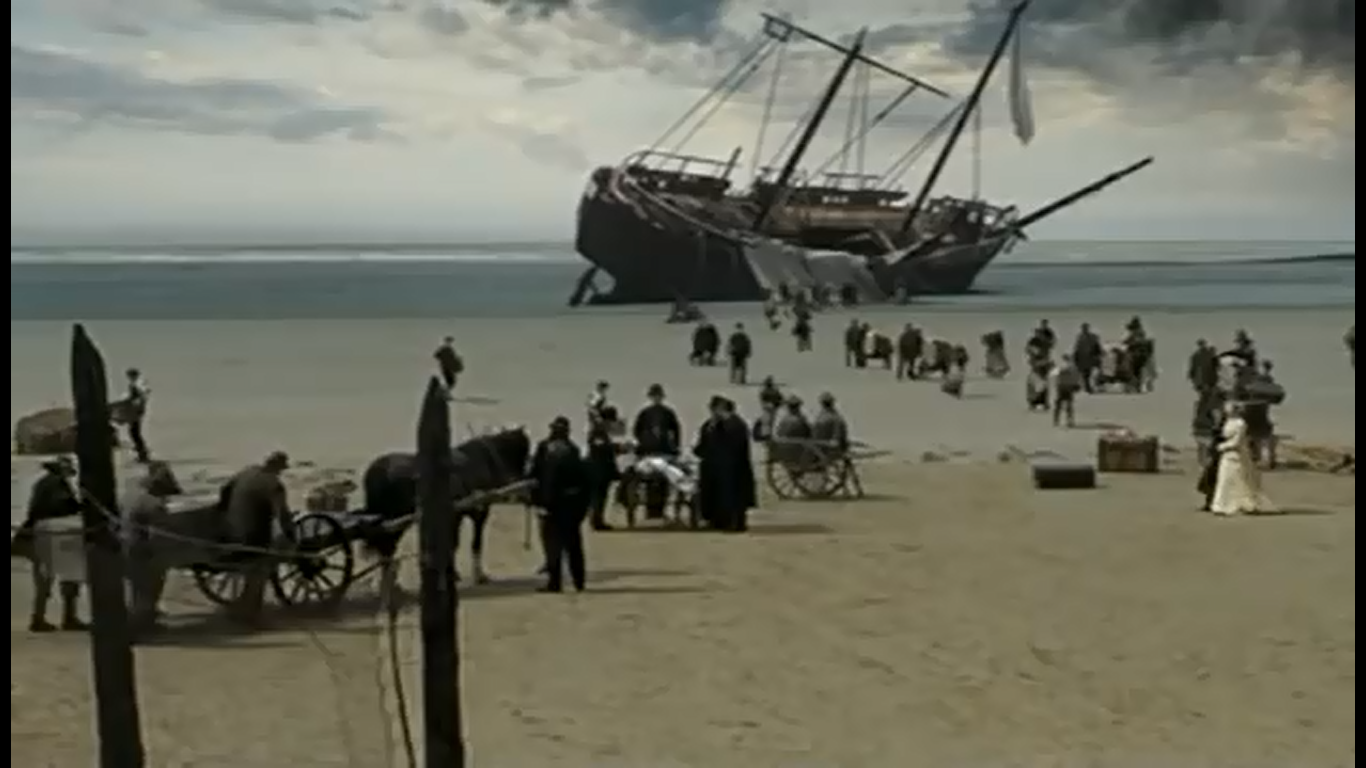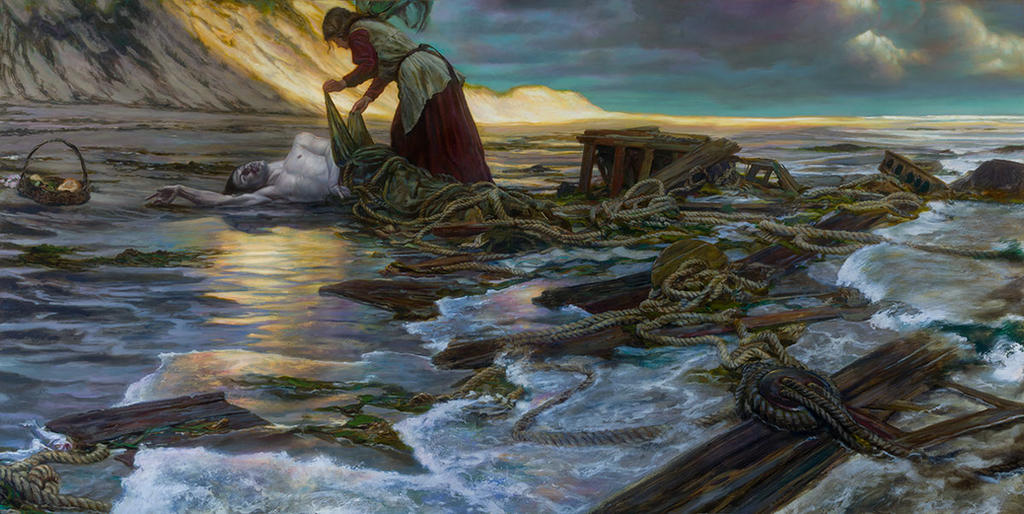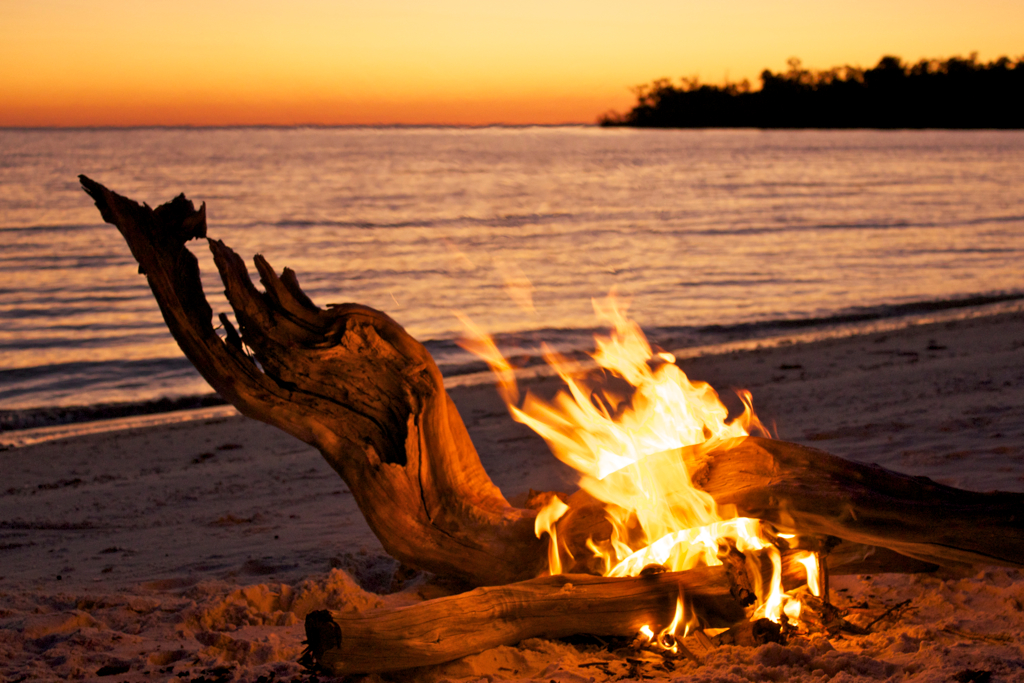While pirates made the
headlines, another form of sea-robbery was practiced for centuries, with not
nearly so much attention being paid to it. This was the art of Wrecking -
illegally salvaging goods from a ship that had run aground.

Certain coasts – the Florida
Keys, for one, the West Coasts of Ireland and England for another, were
particularly profitable for Wreckers. These were areas where prevailing winds,
frequent storms, and dark coastlines caused many vessels to run aground. In
poor areas, Wreckers and their spoils made the difference between a successful settlement
and a ghost town.
Legally, a person who
takes things from a wrecked ship must offer them to the original owner, though
the owner is required to pay for them. This was established by laws going back
to the Roman Empire. These laws differ by country, but are based on the concept
that person who brings in the wrecked goods deserves to be compensated for his
time and effort, and also for the danger he or she goes to when retrieving the
lost objects.


In fact, many, many
people have simply cut out the middle-man and kept the salvaged goods for
themselves. While illegal, this was quite practical to do in the days before
telephones or other convenient means of communication. Ships went down without
being able to signal for help. A broken-up ship might never reveal its original
owner.
Or, even if the owner was
perfectly obvious, the Wreckers might simply keep their mouths shut, and hide
the evidence by towing the remains of the ship out to sea after wrecking
efforts were finished.
There were even darker
tales, in which small communities, who needed the proceeds from wrecked ships,
sent their more hardy members down to the shore with clubs after a storm to
make sure there were no survivors of ships driven aground.


It was also rumored that “false
lights” were used to actually lure ships toward a dangerous shore. With no GPS,
ships relied on the stars, mathematical calculations, and often landmarks near
a coast to determine position. On a dark night, these ships could be led astray.
According to legend, the
Wreckers would tie a lantern around the neck of a horse or mule, then lead the
animal along the hillsides above a rocky shore. Ship’s captains would see the swaying,
bobbing light and mistake it for the stern lights of another ship. This gave the
impression that there was plenty of open water. The captain would make no
effort to keep his ship off the rocks, because he believed that he was much
farther out at sea than he actually was.
And in the morning,
club-wielding Wreckers would come down and finish off any sailors left alive.
Wrecking was common, and
often not taken seriously, since the goods were probably covered by insurance,
and would have been lost anyway. The darker legends remain unproved in a court
of law. Small communities were notoriously insular and closed-mouthed. But rumors
persist, and have continued to do so until modern navigation equipment made
such false lights (and largely wrecking itself) obsolete. Yet stories of
wreckers linger in place names, like Nag’s Head NC, which supposedly got its
name from the broken down old horses (nags) that were led up and down the shore
in a storm.
And what did Wreckers
expect to get? Like pirates, their profits could come in any form. A ship’s
strong box, containing payroll and operating funds, was a rare but welcome
find. More likely to survive a wreck were goods stored in barrels – which might
be anything from beer to fine china. Things that floated – furniture, glass
bottles, books, clothing, food, might also make it to shore in an only slightly
damaged state.
Lucky wreckers might find
a large part of the ship still intact. When this happened anything might be
found. Goods like flour, molasses, textiles, preserved meat would great those
brave enough – or desperate enough – to go aboard an unstable, broken ship,
which might be above water only because of a perilous perch on top of jagged
rocks.


Wrecking communities were
also famous for salvaging the wrecks themselves. Wood from ships that ran
aground might repair a house, roof a tavern, or build a school for the children.
Since the broken bodies of wooden ships were not worth much, there was little
need to hide the origin of the wood, and the sometimes picturesque appearance
of seaside villages may come from re-purposed timber.
And the good? Well,
wrecking communities were often linked to smugglers, sailors who imported goods without paying the required taxes or tariffs. These kinds of associates were
likely to take anything, and pay cash, no questions asked.
Today the art of wrecking
lives on in specialized communities like the Florida Keys. The nearby ocean is
a playground for tourists. Often these inexperienced sailors get into danger
during stormy weather, and legal wreckers lie in wait along coastlines known
for trouble. Maritime law says that the salvager or rescuer of ships in peril
is entitled to a reward, so modern day Wreckers make a living by towing beached
tourists off the rocks.
I’ll leave you with my
favorite story about Wreckers, by the late, great Stan Rogers. Listen and
enjoy.



















